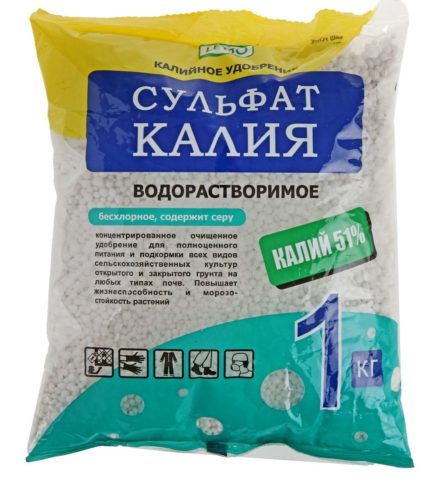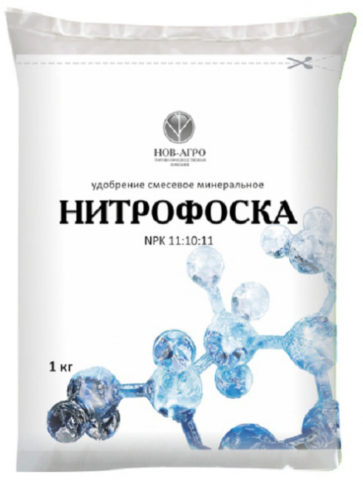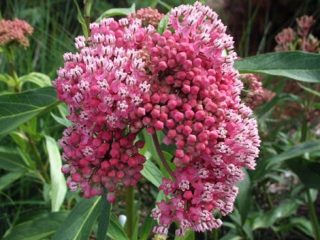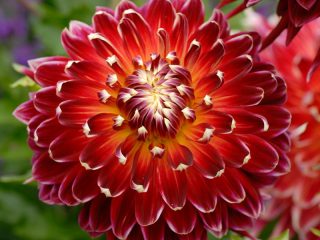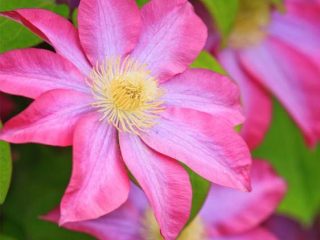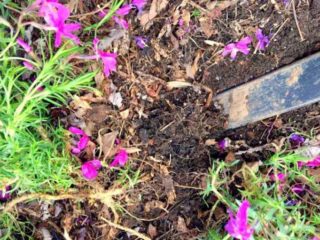Content
Syrian cottonweed (Asclepias Syriaca) is a wild crop that is unpretentious to growing conditions. The flower has a pleasant, persistent aroma that can be felt from a distance, which is why it is actively used in perfumery. Bees and butterflies love the smell. Most often, this plant can be found in the forest, on roadsides, in fields and around ponds.
Description
Syrian cottonweed is a herbaceous plant with long and wide leaves of an oblong shape, growing oppositely. A clearly marked red vein runs through the center of the dense leaf plate. In case of any damage, the leaves secrete a thick juice, which, according to popular belief, female swallows use to wash the eyes of their chicks in order to speed up their opening. The Syrian flower received two more names: Milky grass and Swallow grass.
The flowering of the crop lasts from July to August. Inconspicuous small flowers in the shape of stars, gray-lilac, pink and crimson, are connected into inflorescences-umbrellas.
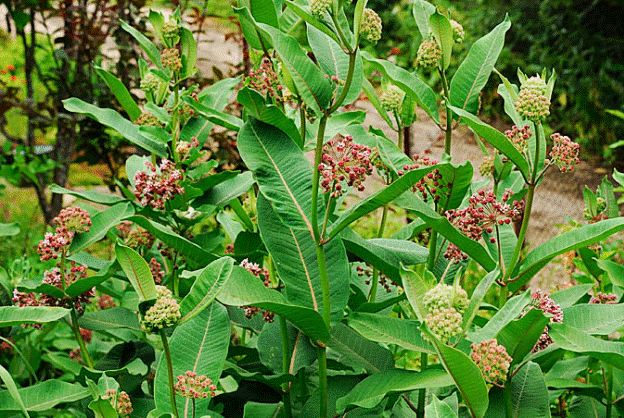
Syrian cottonweed is a long-liver, capable of growing for 30 years.
The pleasant aroma of flowers, reminiscent of chocolate, attracts butterflies and bees. Beekeepers value Syrian milkweed as an excellent honey plant, so they specially breed it. Honey productivity is estimated very high - approximately 600 kg per 1 hectare of fields. The collected honey is characterized by a delicate chocolate taste, has a light yellow tint, and crystallizes slowly.
In place of the drying inflorescence, a fairly large (about 12 cm in length) fruit is born, which has the appearance of an oblong seed pod with corrugated edges. Having reached maturity, it cracks on the sides and scatters seeds in the wind, covered with white fluff, similar in appearance to cotton wool, which is why its name - cotton wool.
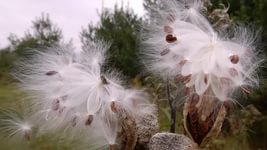
Syrian cottonweed seeds are carried by the wind over long distances and ripen quickly
In a temperate continental climate, they germinate only during a prolonged, dry and warm autumn.
Syrian cottonweed is unpretentious, winter-hardy, grows quickly, its height varies between 1-2 m. Once on agricultural land, it can cause significant trouble.
Where does it grow
The Syrian cottonweed comes from North America. It grows everywhere, in many countries it is considered a weed, which is actively combated. It is considered a weed in Germany, France, England, Ukraine, Russia, Belarus, Italy, Bulgaria, America, Poland, and the Baltic states.
Growing from seeds
In the middle climatic zone, growing from seeds is rarely practiced, since in this case flowering will begin only in the 3-4th year of life.
Seeds are sown in planting containers in March, using soil for indoor plants. The bottom of the container is covered with a layer of drainage, onto which soil is poured.Having made grooves 10-12 mm deep, planting material is sown in them and lightly sprinkled with soil. Then the soil is moistened and the container is covered with film. The crops are ventilated daily, and the soil is sprayed with warm water twice a week.
After 14 days, when shoots appear, the seedlings are moved to a bright and warm room with a temperature of about +18 °C.
The strengthened seedlings are planted in individual pots. To stimulate growth, the tops of seedlings are pinched and moved into the shade until they are determined to a permanent place.
Planting in open ground
You can sow seeds directly into open ground. At the end of March - beginning of April, the ground, warmed up after the snow has melted, is dug up, thoroughly loosened, and weeds are removed. Then mark the grooves for sowing (no more than 30 mm deep), moisten them with warm water, sow the seeds of the Syrian cottonweed and sprinkle with earth. In stable warm weather, the first shoots will appear in 2-3 weeks.
Site selection and preparation
Syrian cottonweed grows easily and can fill an entire area, displacing other plants, so it is important to choose the right place for it.
It is undesirable to plant Syrian cottonweed near flower beds, garden, vegetable and berry crops. The best choice would be a site on a hill, away from plantings and utility blocks, illuminated and protected from groundwater.
Any soil is suitable for a flower, but it is best to use loam. In order not to crowd the plant, leave at least 2 m between the seedlings. Thanks to the spraying of the seeds, the flower will grow and the plantings will become denser. Syrian cottonweed is an interesting option for decorating unsightly parts of a site.
Planting stages

Young shoots of Syrian cottonweed can germinate even 1 m from the mother bush, so it should be planted away from flower beds and vegetable gardens
Seedlings grown from seeds are planted in the ground in early June. A small drainage layer is placed in the prepared hole and fertilized with mineral compounds and humus. Mix everything with soil, then transfer the seedling from the planting container into the hole. For some time, the young Syrian milkweed needs to be well watered. Once established, regular moisturizing is not required.
The tendency of the Syrian cottonweed to become invasive (aggressive invasion) forced the competent authorities to blacklist it and prohibit the circulation of seeds and rooted parts of the flower. The fight against the plant in the fields is quite long and often unsuccessful, due to its resistance to herbicides. It sometimes takes 3 to 5 years to completely destroy the cottontail. Its vitality is ensured by the milky sap contained in the leaves and a powerful rhizome with many dormant buds that can restore the plant after the death of the ground part.
Care
Syrian cottonweed is absolutely unpretentious. He gets enough water from natural rains. During the dry season, it is watered once a week. Syrian cottonweed needs watering after planting in the ground.
Feeding is applied 3 times per season:
- Every spring they are fed with mineral fertilizers.
- Before budding begins, potassium sulfate and urea are used.
- After flowering, fertilize with nitrophoska.
Diseases and pests
The main pest is the spider mite.To prevent its occurrence, it is recommended to periodically spray plants with onion peels. The infusion is prepared at the rate of 5 liters of water per 100 g of husk. It is kept for 5 days, filtered and used for its intended purpose. The use of insecticides is resorted to only in difficult cases. Among them, the drug Neoron is effective, eliminating ticks after 2 treatments.
Whitefly rarely infects the plant. By feeding on the milky sap of the Syrian cottonweed, the insect causes the stems and leaves to dry out. Fufanon, Actellik and Rovikurt will help eliminate it.
Mold appears when the flower is not properly cared for. The solution to the problem lies in reducing air humidity. For seedlings, it is enough to move the container to a dry room; for plants in open ground, you should stop watering.
Yellowing and falling leaves are associated with insufficient moisture levels. To solve the problem, the plant is sprayed with water.
Trimming
The crop does not like pruning, so only spring shaping is carried out. For sanitary purposes, remove broken and frozen parts of the flower. To control the growth of Syrian cottonweed, inflorescences are regularly removed during the flowering period, preventing self-spraying of seeds.
Preparing for winter

Syrian cottonweed is a winter-hardy plant, it tolerates frost easily, just shorten the shoots to 10 cm, mulch and cover the tree trunk with leaves.
Without shelter it can withstand frosts down to -13 °C.
Reproduction
Syrian milkweed is propagated by seeds, cuttings and rhizomes.
Seed propagation is rarely resorted to, since flowering will have to wait several years. The collected seeds are dried in a dark place and placed in a fabric or paper bag. Seedlings are grown from them or sown directly in open ground. You can use the seeds within two years.
Cuttings of cottonweed are carried out in June. Planting material 15 cm long is stuck into moist soil. The cuttings will take root after the plant sap has completely dried. This usually happens within two weeks.
Reproduction by division is carried out in spring or autumn (after flowering). The roots are separated with a shovel, planted in planting holes, covered with soil and watered. When propagated by rhizomes, Syrian milkweed blooms the next year.
Photos in landscape design
Landscape design with cotton grass presents some difficulties due to the height of the plants and their ability to grow. Most often they decorate recreation areas, lawns and flower beds.
Experienced designers, with the help of Syrian cottonweed, can add an interesting accent to the garden, front garden and facade of buildings.

Cottonweed is used to decorate the landscape along with other tall plants.
The flower combines favorably with aster, bellflower, yarrow, echinacea, speedwell, lavender, and sage. A good option for landscape composition are shrubs and trees.
With the help of single plantings of cotton grass, it is easy to give the garden a bright accent.
In group planting, Syrian cottonweed does an excellent job of filling voids, decorating unsightly fragments of a site or buildings, and also shading other seedlings in the composition.

The composition with a thick bush of cotton wool looks original
In order for the plant to maintain its original appearance for a long time, it is recommended to regularly remove growing shoots of cotton wool.
Single plantings of cotton grass are also good in rockeries, where the freedom of the plant is initially limited by nature.

The natural barrier around the Syrian cottonweed emphasizes its beauty and originality
The fragrant flowers of the Syrian cottonweed are a bait for insects. The plant can be planted near the driveway or under the facade of a building. A cottonweed planted along a fence in a summer cottage will eventually turn into a hedge and attract pollinating insects to the garden, which is very important if vegetables, berries or fruits grow on the site.

The cottontail looks beautiful in the wild
Use in folk medicine
Syrian milkweed has found application in medicine. The plant is characterized by antibacterial, wound-healing and anti-inflammatory properties. It is used to strengthen the immune system and relieve symptoms of heart disease.
The juice of the plants is used as a laxative. Healing decoctions are made from the leaves to treat wounds, warts, lichens and other skin diseases. The seeds are used as lotions, compresses and medicinal baths.
Conclusion
Syrian cottonweed is an interesting choice for a flower garden. It also has the other side of the coin, being an invasive weed. Having decided to plant it on your site, you need to be prepared to regularly uproot the emerging shoots.
